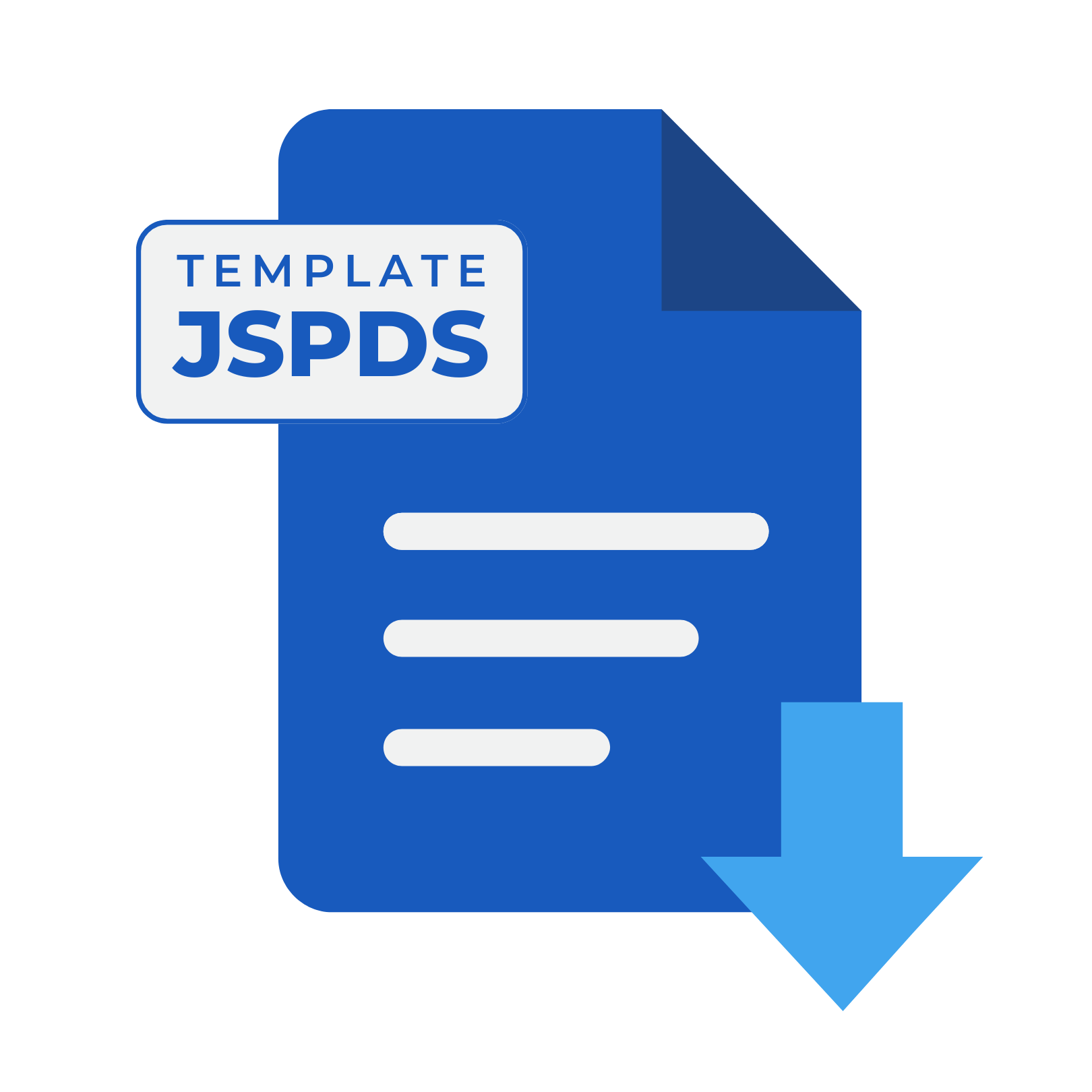Editoral Policies
- Focus and Scope
- Section Policies
- Peer Review Process
- Open Access Policy
- Archieving
- Publication Ethics
- Author Fees
- Screening for Plagiarism
- Abstracting & Indexing
- Revisions Guidelines
- Review Guidelines
- Statistic Visitors
Focus and Scope
Journal of Social, Policy and Development Studies (JSPDS) aims to disseminate the latest knowledge, research, or applied studies and other development in social, policy, and development studies.
Section Policies
- Open Submissions
- Indexed
- Peer Reviewed
Peer Review Process
All contributions must adhere to specific requirements in order for the journal to retain its high calibre. These requirements will be examined through a peer review procedure.
- Submitted manuscripts will undergo at least two blind reviewers' examination and criticism.
- The privilege of choosing which submissions will be accepted based on the reviewers' findings belongs to the editor-chief.
- Authors will receive their peer-reviewed manuscripts about 21 days following the submission procedure.
Open Access Policy
This journal provides immediate open access to its content on the principle that making research freely available to the public supports a greater global exchange of knowledge.
Archieving
This journal utilizes the LOCKSS system to create a distributed archiving system among participating libraries and permits those libraries to create permanent archives of the journal for purposes of preservation and restoration. More...
Publication Ethics
JSPDS: Journal of Social, Policy and Development Studies ( Print ISSN: 3108-9046, Online ISSN: 3090-9538, DOI: 10.65119) is a peer-reviewed journal published by Yayasan KAJIAN PERENCANAAN DAN PEMBANGUNAN (CPDS Indonesia). This statement accounts for the ethical behaviour of all stakeholders involved in the act of posting an article in this journal. Those are the author, the chief editor, the Editorial Board, the peer-reviewed and the publisher.
Ethical Guideline for Journal Publication
An article's publication in the peer-reviewed JSPDS: Journal of Social, Policy and Development Studies is a crucial step towards creating a credible and cohesive network of knowledge. It is an accurate representation of the calibre of the writers' and the organisations' supporting efforts. The scientific method is supported and embodied in peer-reviewed literature. Therefore, it is imperative that all parties engaged in the publication process—the author, the journal editor, the peer reviewer, the publisher, and society at large—agree on standards of anticipated ethical behaviour.
Author Fees
This journal charges the following author fees.
- Article Submission & Publication: FREE
You can publish your work free of charge, We don't want fees to get in the way of publishing worthy work.
Screening for Plagiarism
In the publication, the Journal of Social, Policy and Development Studies (JSPDS) strongly opposes plagiarism on its own merits. JSPDS is committed to blocking plagiarism, including self-plagiarism.
Authors must ensure that they have written the original work completely, and if the author has used the work and/or the words of others that have been quoted or quoted appropriately. Papers found with such problems are automatically rejected and the author strongly advised. Also, an important part of the work has not been published. The author also respects the writing in the JSPDS of publication, duplicate, or excessive fraud.
Before the author submits a script to the JSPDS at least, please kindly do plagiarism check by maximum of plagiarism percentage is 20% in Turnitin. When submitting published articles for authenticity checks, the JSPDS recommends the use of Turnitin, Scanner from http://turnitin.com/. Before using Plagiarism Turnitin for the first time, we strongly recommend that authors read the instructions for using this plagiarism detector. The detector plagiarism system for the JSPDS uses and is affiliated with Turnitin.
Please note that the Journal of Social, Policy and Development Studies (JSPDS) is affiliated with Turnitin.
The article has not been published in other media and does not contain plagiarism. Preferably the author should use reference management software, e.g Mendeley. The bibliography and reference system for the Journal of Social, Policy and Development Studies (JSPDS) uses Mendeley and Turnitin.
Abstracting & Indexing
Journal of Social, Policy and development Studies (JSPDS) has been abstracting and indexing:
Revisions Guidelines
The paper that has received the results of the review is expected to be immediately revised to adjust the suggestions and questions that exist in the review results. The author is given no later than 15 days to revise their paper counted since the submission of the review results. If at that time the author does not upload the revised paper, then the paper will not be refused to be published (reject). Renewal time extensions can be obtained in accordance with strong demand and reason. The revised paper is further uploaded to the journal website and also sent via email to [email protected]
Following the provisions of the revised paper in the Journal:
- When a reviewer gives a comment on a paper (in the comment box), the writer is asked to reply to that comment box directly. The answer from the author can be Information that has been done revision or reason/argumentation if the author is not willing to revise for some reason (please can be submitted in the comments field already available briefly and details).
- Revised on paper or additional material/sentence please block yellow highlighter.
- Attached sample of the revision process paper in the journal to facilitate the revision process by the author.
Review Guidelines
An article review is constructed from previously published works. A review article is meant to present a fresh approach to study, make arguments against or support established theories, and/or point out the advantages and disadvantages of the theory in light of the body of existing scholarly literature. The following sections are found in a review article:
Title: No more than twenty words should be used in the title.
Abstract: A good abstract should be between 100 and 250 words long. Give a succinct explanation of the research question that will be investigated, the methodology used, a synopsis of the findings and discussion, and the conclusions reached.
Introduction: An overview of the body of knowledge on the subject under investigation and an explanation of the rationale behind the author's research are frequently included in a succinct introduction. This section also demonstrates how important this work is to the body of current scholarly literature.
Method: The techniques for gathering data, whether it be quantitative, qualitative, or a combination of the two, are described in this section.
Result & Discussion: This section includes a description of the data analysis's findings, along with graphs and charts. The author will explain how they interpreted the data and speculate on how important they are for current and upcoming research throughout the discussion.








